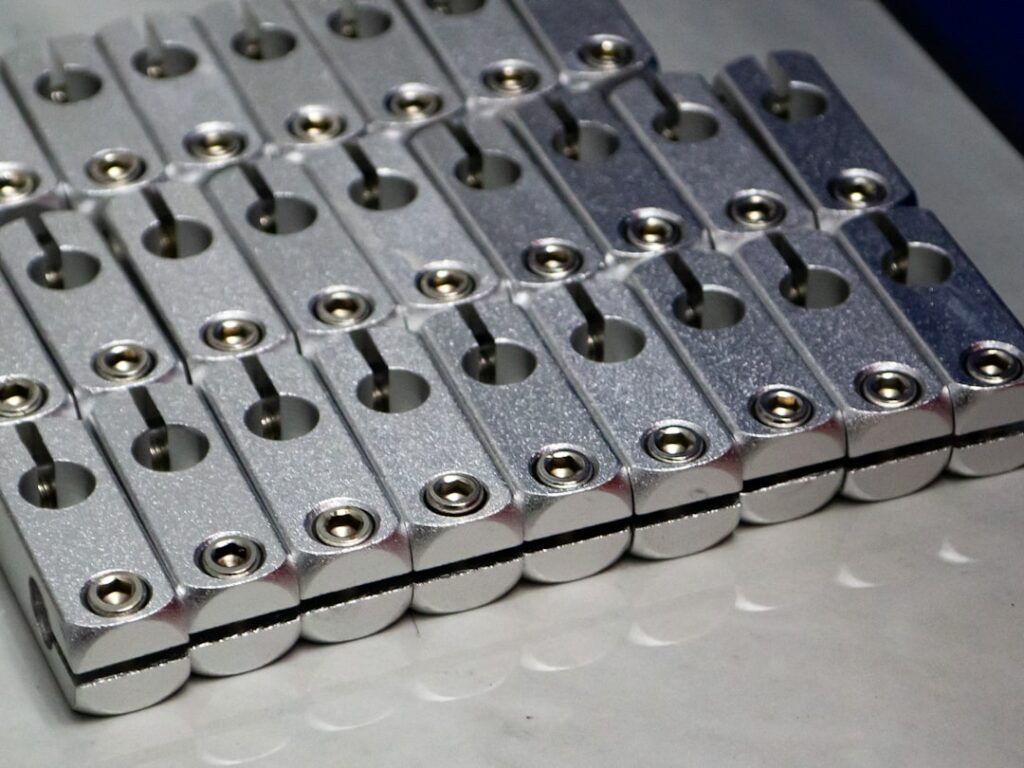Serendipitous discovery during semiconductor research leads to breakthrough battery technology, patent – Purdue Polytechnic Institute
In a stroke of serendipity, researchers at Purdue Polytechnic Institute made a groundbreaking discovery during their semiconductor research that has l…

In a stroke of serendipity, researchers at Purdue Polytechnic Institute made a groundbreaking discovery during their semiconductor research that has led to a major breakthrough in battery technology. This unexpected find has resulted in a new patent that could revolutionize the way we power our devices.
The researchers were initially focused on their semiconductor research when they stumbled upon a new material that showed great promise for improving battery efficiency. Through further experimentation and testing, they were able to develop a new type of battery that has significantly higher energy density and longer lifespan compared to traditional lithium-ion batteries.
This new battery technology has the potential to greatly impact a wide range of industries, from consumer electronics to electric vehicles. With its higher energy density, devices could potentially last much longer on a single charge, making them more efficient and convenient for users. Additionally, the longer lifespan of these batteries could reduce the environmental impact of electronic waste disposal.
The patent for this breakthrough battery technology is a major milestone for the researchers at Purdue Polytechnic Institute. It validates their hard work and dedication to pushing the boundaries of innovation in the field of technology. With this new patent in hand, they are now one step closer to bringing their revolutionary battery technology to market and making a real impact on the world.
Overall, this serendipitous discovery serves as a reminder of the importance of curiosity and exploration in scientific research. Sometimes, the most groundbreaking advancements can come from unexpected places, leading to game-changing innovations that have the potential to shape the future of technology.
Source: Purdue Polytechnic Institute





